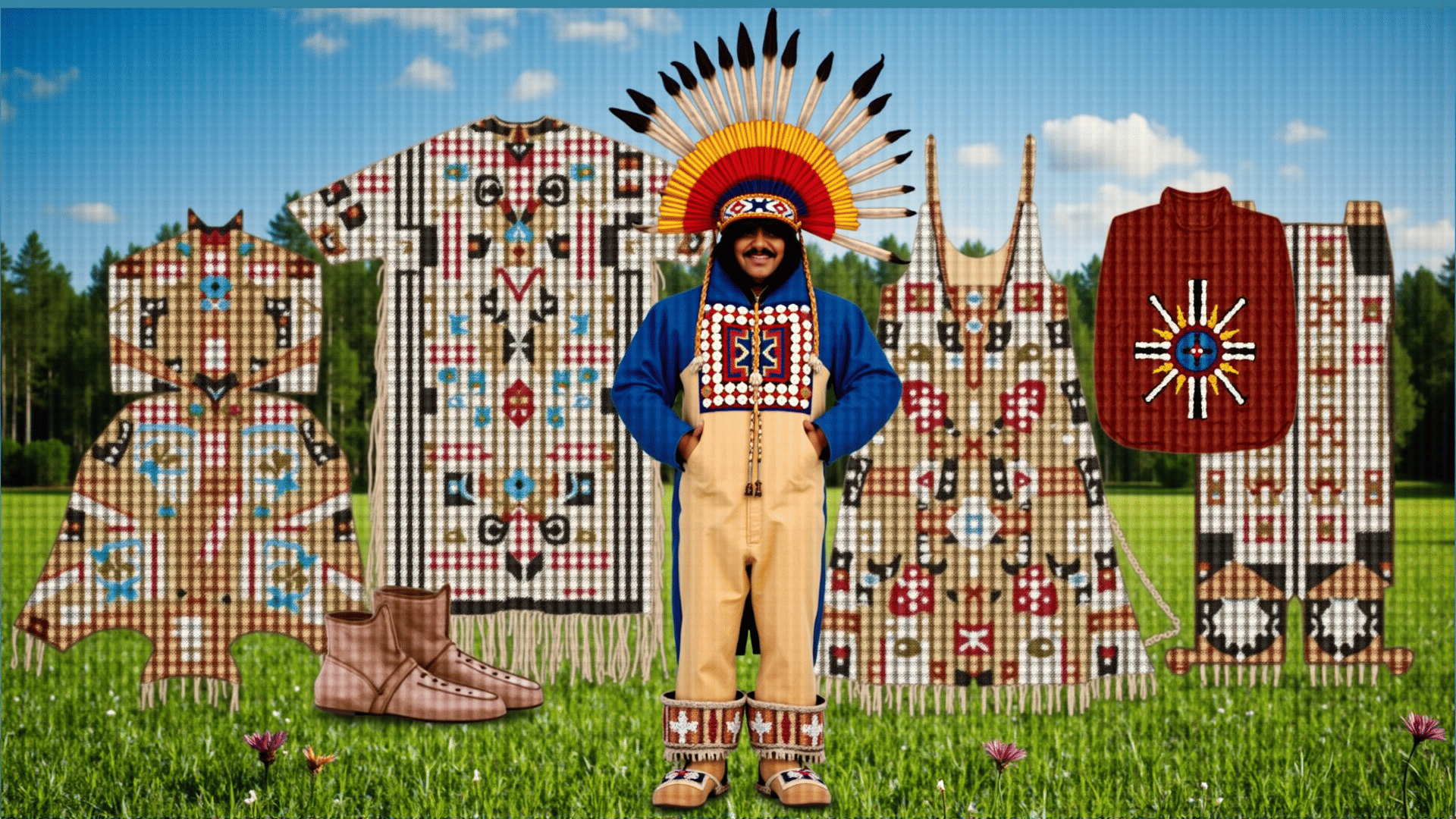Native American traditional attire offers a window into the rich tapestry of cultures and stories passed down through generations across the diverse tribes of North America. Each item of clothing tells a story of identity, heritage, and adaptability, unraveling the complexities of life in harmony with the land.
The significance of attire in Native American culture is profound. Each tribe has its own unique styles and materials, making the garments a vital part of cultural identity. From the northern reaches of Canada to the southern plains, the functionality and symbolism embedded in attire reveal an understanding of nature and life's rhythms.
One of the most striking aspects of traditional Native American attire is the elaborate beadwork. Beading is not just decorative; it serves an expressive purpose, conveying individual and communal stories. Patterns and colors are meticulously chosen, with some representing spiritual beliefs or historical events. The craft of beading is often passed through generations, each bead a testament to legacy and connection.
Feathered headdresses, often associated with leadership and valor, epitomize the rich symbolism found in Native American attire. These headdresses are not merely ornamental. Constructed with eagle feathers, each is earned through acts demonstrating wisdom and bravery, reflecting the wearer's status and achievements.
In addition to beadwork and headdresses, textiles play a fundamental role. Many tribes, such as the Navajo, are renowned for their weaving skills, producing blankets and garments that are treasured for their beauty and craftsmanship. The geometric patterns used in their textiles often have deep cultural meanings, woven into each piece with precision and care.
Adaptation is another key theme in the evolution of Native American attire. Interactions with European settlers brought new materials and influences, which were incorporated into existing traditions. This adaptability showcases the resilience of Native culture in the face of changing circumstances.
Traditional ceremonies and dances continue to highlight the importance of clothing. During powwows and other gatherings, attendees wear garments steeped in tradition, celebrating their heritage with vibrant displays of artistry and meaning. These events serve to strengthen communal bonds and perpetuate cultural knowledge.
Ultimately, the traditional attire of Native Americans is not merely clothing; it is a living archive of cultural knowledge, artistic expression, and historical narrative. Each piece is crafted with care, carrying the soul of a people who have adapted and thrived over centuries. By exploring these garments, we gain a deeper appreciation for the diversity and resilience of Native American cultures.
